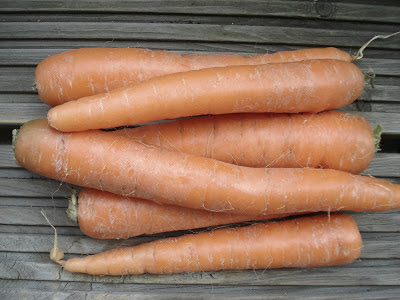I'm a little teapot...
Today's subject is a little off the beaten path to local produce, but it is all about seasonal foods. Summer is just within sight, but I have to write about a very important spring crop: Tea.
Camelia sinensis, as it is known botanically, is a very pretty, little evergreen shrub, hardy to temperate climes. Like most plants, it goes into active growth in the spring, which is when it gets harvested. Indeed, the best tea leaves are plucked from the bush just as the new, pale green buds open up to take in the sun's warmth. The absolute cream of the tea crop are the four topmost leaves: just like any other foodstuff, these baby leaves have delicate aromas and subtle flavours not found in older leaves.
These subtleties are not only present in new crops of green teas, but can also be found in vintaged black teas. By 'vintage' I do not mean old, but stamped with the year of harvest. Very few black teas are actually dated, unless they come from smaller estates, but when you get a taste of them, you know.
Tea is gaining in popularity, and if you really want to see what all the hype is about, you have to step into a specialized tea shop. There, you will find a knowledgeable staff who will guide you through the world's tea estates, explain the teas' differences and show you how to brew the perfect cuppa'. Many tea shops import their own wares, most will have fairly traded and organic teas for sale, and any self-respecting tea merchant will be heavily promoting the new crop right about now.
I cannot even begin to describe the wonderful aromas unique to new crop, all I can say is that you have to sniff it for yourself to believe it. Also, some of the more prized tea estates have tiny productions, so the only way to ever taste them is to prowl the shops during the new crop season. Otherwise, you'll have to wait until the next harvest.
Happy sipping!


Comments
Post a Comment